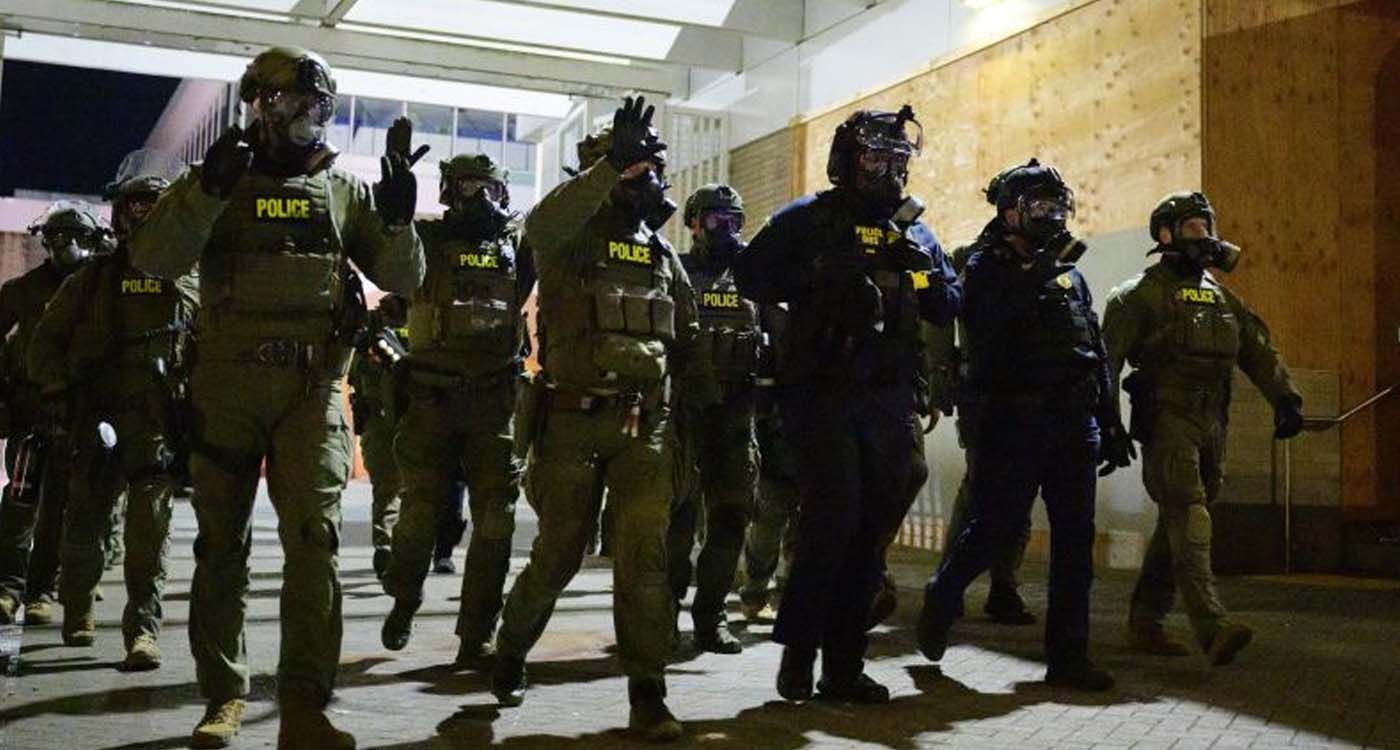- Home
- Middle East
- Insurrection Act: Trump’s Ultimate Card

©Mathieu Lewis-Rolland / AFP
Donald Trump is once again floating the idea of invoking the Insurrection Act, a 200-year-old law that gives an American president the authority to deploy the military on domestic soil. The proposition has reignited debate, yet the law is very much real and does grant that power under specific conditions.
Enacted in 1807 during Thomas Jefferson’s presidency, the Insurrection Act allows the president to call on the armed forces to restore order when a state is overwhelmed or when federal laws can no longer be enforced through normal means.
But its roots go back even further. The first similar laws date from 1792, following uprisings in the fledgling American states. The 1807 version simply brought those earlier laws together under a clearer federal framework.
It is an exceptional measure, akin to a state of emergency in other countries, meant to address situations where local institutions are powerless in the face of violence, riots or institutional deadlocks.
Under normal circumstances, American law prohibits the military from intervening in civilian affairs. This is the purpose of the Posse Comitatus Act of 1878, signed by President Rutherford B. Hayes, which strictly separates national defense from domestic law enforcement. Under this law, the military has no authority to interfere in civil government matters, judicial proceedings or the administration of justice.
But the Insurrection Act stands as an exception to this rule. It empowers the executive branch to use military force to enforce the law or quell an insurrection. The law has been invoked around 30 times in American history, notably by Dwight Eisenhower in 1957 and John F. Kennedy in the 1960s to enforce Supreme Court decisions on school desegregation, despite opposition from some governors.
A Law Allowing Presidential Leeway
The law, codified in Title 10 of the United States Code, allows for presidential discretion. It falls to the president to determine whether “illegal obstructions,” “assemblies” or a “rebellion” prevent the enforcement of federal laws. In this way, the decision to invoke the Insurrection Act rests primarily on the president’s judgment, although courts can later review its implementation.
Donald Trump raised the issue this week, “We have an Insurrection Act for a reason,” he said from the Oval Office, stressing that he would use it if lives were at risk and governors or judges prevented the federal government from acting. The president is raising this option amid tensions with several Democratic-led states, notably Oregon, where Portland remains a focal point of violent protests against the federal Immigration and Customs Enforcement (ICE) operations, and Illinois, where Chicago has gone to court to block the deployment of the National Guard. Reinforcements have also been sent or considered for Los Angeles, Baltimore, New York, New Orleans and Memphis, all designated by the White House as high-risk areas for the safety of federal agents and buildings.
In fact, nothing can stop Trump from invoking this law without the approval of the governors involved. Eisenhower and Kennedy did so in their time when local authorities refused to act. If the conditions laid out in the law are met, such as a state’s inability to enforce the law or a threat to citizens or federal property, the president can order the deployment of military forces. States can challenge this decision, but under the Constitution, the president holds ultimate responsibility for maintaining federal order in these situations.
Law Versus Perception
Trump’s supporters argue that he is not doing anything unprecedented, as long as he uses a legal tool intended to restore security when local authorities refuse to cooperate. Critics, however, see the deployment of the military on domestic soil as a threat to American democracy. In practice, the Insurrection Act remains a lawful yet politically divisive instrument, with its use shaped as much by context as by public sentiment.
This law restores to the American president a power that few have dared to exercise. Trump appears ready to wield it, convinced that national security can no longer rely solely on governors. In the chaos of cities he describes as “war zones,” he promises to take control. And this time, he has a two-century-old law at his disposal to do so.
Read more





Comments